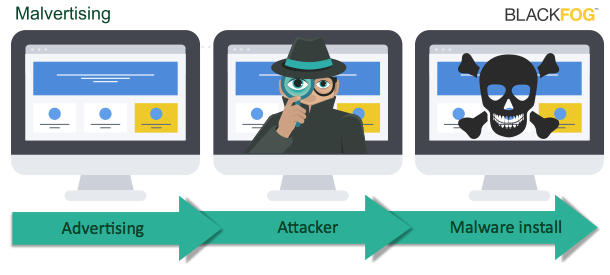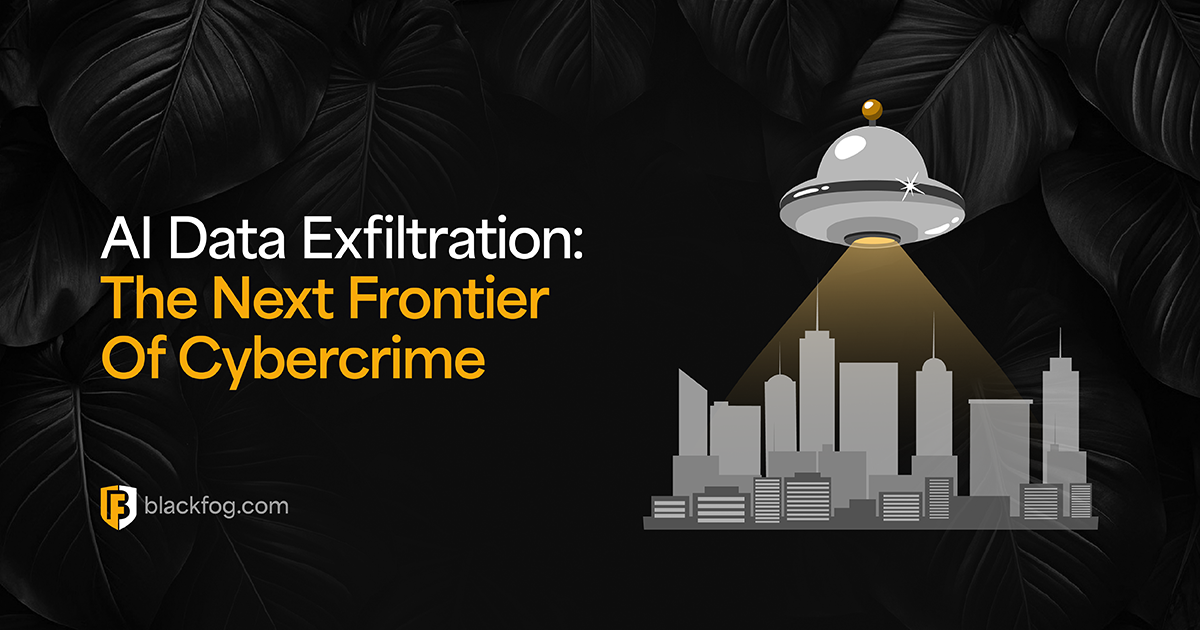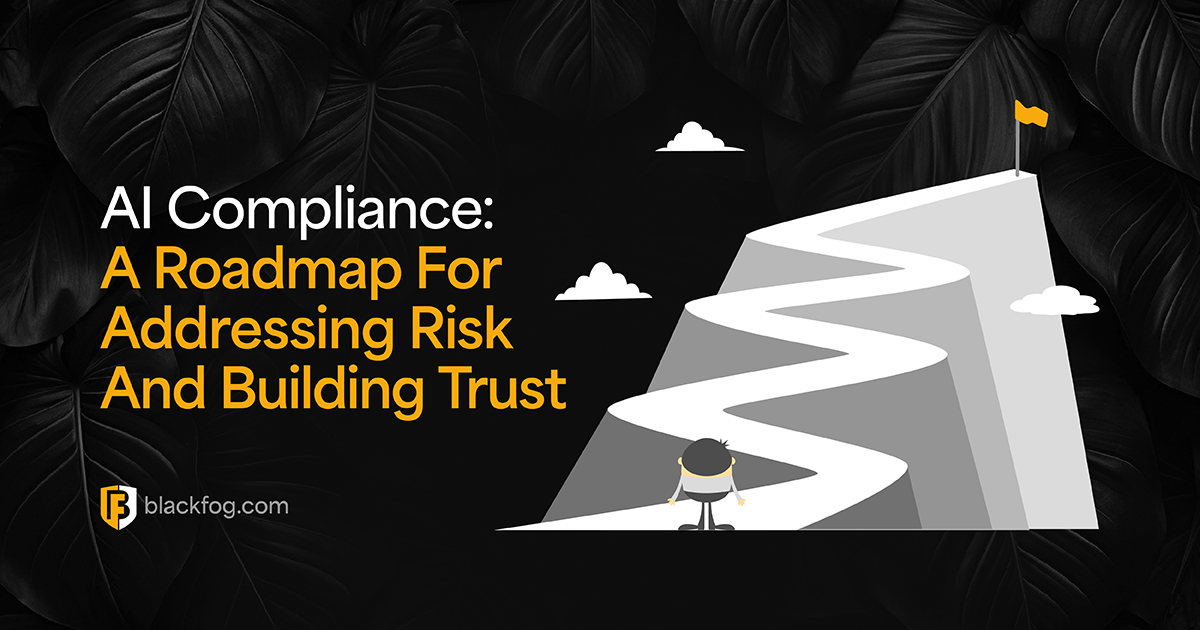
Malware Distribution
Malware, that malicious software that infects our computers may have just found a new distribution mechanism which is being called Malvertising. Traditionally spread through so called Phishing techniques, like emails that promise to make you rich or links to free software, malware is just a fact of life these days.

Distribution via Web Ads
While most people are wary of not clicking on links in emails from spam or people we don’t know, malware producers have discovered new ways to get their software onto your computer. Now they are infecting advertising networks in what is now being referred to as Malvertising. Malware distribution via web ads on major sites (including msn.com, nytimes.com, bbc.com, aol.com, my.xfinity.com, nfl.com, realtor.com, theweathernetwork.com, thehill.com, and newsweek.com) has recently been discovered. According to Malwarebytes, the affected networks included those owned by Google, AppNexis, AOL, and Rubicon. The attacks are flowing from two suspicious domains, including trackmytraffic[c].biz and talk915[.]pw.
Malvertising is now considered the leading threat vector, overtaking porn. Almost 1 in 5 cyber attacks is now through malvertising.
What can I do?
The only real way to prevent cyberattacks is to stop them from activating in the first place. BlackFog Privacy is designed to specifically block malware execution by disrupting their bidirectional communication back to their command centers.
By preventing activation, the malware has no way to activate and therefore is prevented from being installed on your computer.
BlackFog’s entire focus is on prevention. Rather than focusing on known vulnerabilities using perimeter defense techniques (at the Firewall) or signature based detection, such as virus and spyware scanners, BlackFog stops the activation and replication of new threats before they can cause any damage.

Share This Story, Choose Your Platform!
Related Posts
AI Data Exfiltration: The Next Frontier Of Cybercrime
How are cybercriminals using AI data exfiltration to enhance their ransomware attacks and what must businesses do to counter these threats?
5 Enterprise Use Cases Where AI Privacy Concerns Must Be Addressed
AI privacy concerns are rising with AI adoption - five use cases highlight the key issues businesses must consider.
What AI Management Really Means For The Enterprise
Ongoing AI management is essential in maintaining compliance in a challenging environment. Here's what businesses need to consider.
AI Security Risks Every Business Must Know About
AI Security Risks are growing as AI embeds in business. What key threats must firms address to stay compliant with data regulations?
Who’s Really In Charge? Why AI Governance Is Now A Business Imperative
Find out why a strong AI governance program will be essential if enterprises are to make the best use of the highly in-demand technology.
AI Compliance: A Roadmap For Addressing Risk And Building Trust
AI compliance is set to be a major focus for businesses in the coming year. Here's what you need to know to make this as easy as possible.






